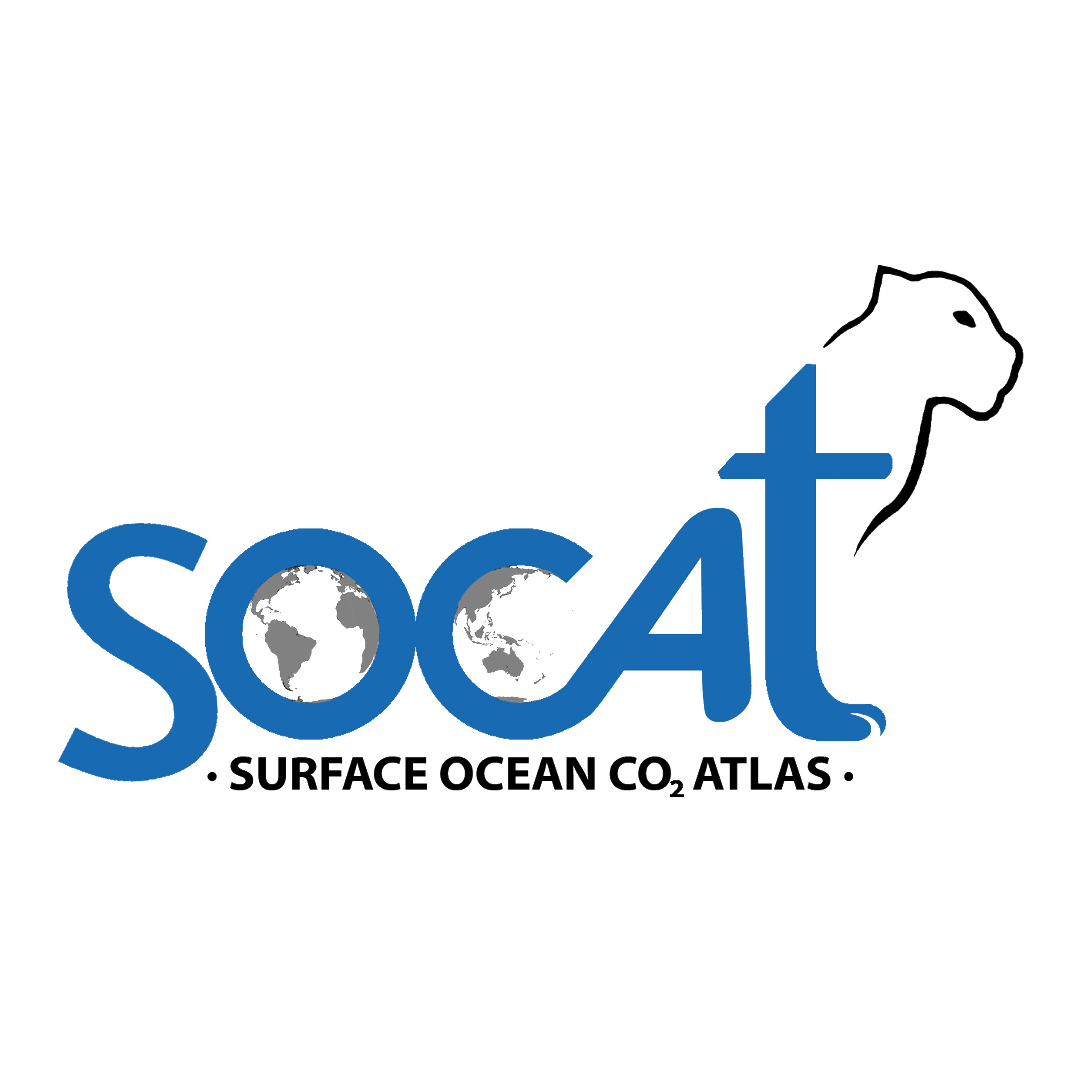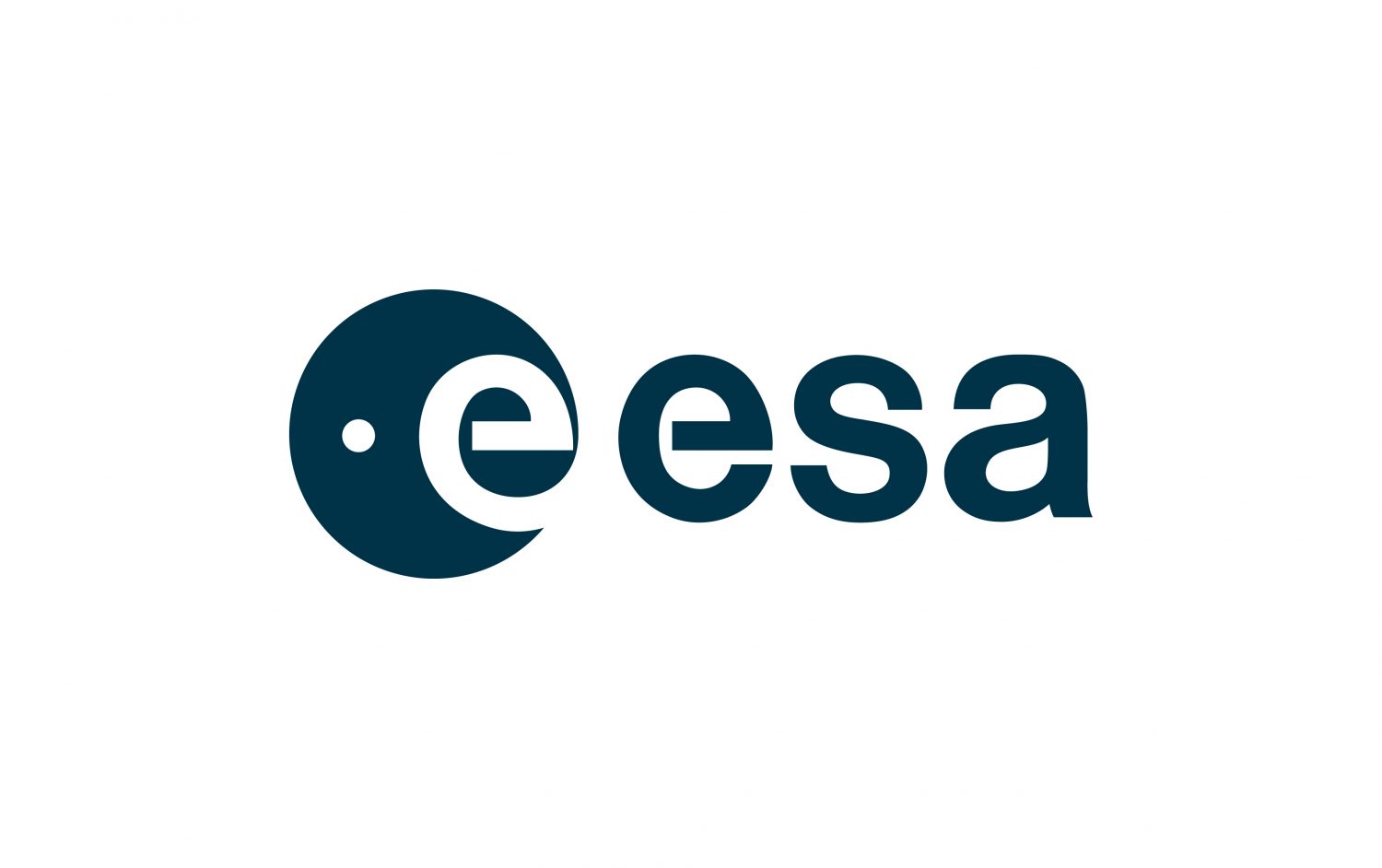VLIZ
Type of resources
Topics
Keywords
Contact for the resource
Provided by
Years
Representation types
Resolution
-

The Surface Ocean CO₂ Atlas (SOCAT) is a synthesis activity for quality-controlled, surface ocean fCO₂ (fugacity of carbon dioxide) observations by the international marine carbon research community (>100 contributors). SOCAT data is publicly available, discoverable and citable. SOCAT enables quantification of the ocean carbon sink and ocean acidification and evaluation of ocean biogeochemical models. SOCAT, which celebrated its 10th anniversary in 2017, represents a milestone in biogeochemical and climate research and in informing policy. SOCAT data are released in versions. Each succeeding version contains new data sets as well as updates of older ones. The first version of SOCAT was released in 2011, the second and third version followed biennially. Automation allowed annual public releases since version 4. The latest SOCAT version (version 2022) has 35.6 million observations from 1957 to 2022 for the global oceans and coastal seas. 7.2 million calibrated sensor observations are also available. SOCAT version 2023 was released on the 20th of June 2023, containing data submitted on or before 15th of January 2023. New data submissions are welcome at any time, and will be included in the next SOCAT release. The submission deadline for v2024 is 15 January 2024. SOCAT is a core Global Ocean Observing System data product for biogeochemistry endorsed by the Global Ocean Observing System GOOS.
-

The availability of user-friendly, high-resolution global environmental datasets is crucial for bioclimatic modelling. For terrestrial environments, WorldClim has served this purpose since 2005, but equivalent marine data only became available in 2012, with pioneer initiatives like Bio-ORACLE providing data layers for several ecologically relevant variables. Currently, the available marine data packages have not yet been updated to the most recent Intergovernmental Panel on Climate Change (IPCC) predictions nor to present times, and are mostly restricted to the top surface layer of the oceans, precluding the modelling of a large fraction of the benthic diversity that inhabits deeper habitats. To address this gap, we present a significant update of Bio-ORACLE for new future climate scenarios, present-day conditions and benthic layers (near sea bottom). The reliability of data layers was assessed using a cross-validation framework against in situ quality-controlled data. This test showed a generally good agreement between our data layers and the global climatic patterns. We also provide a package of functions in the R software environment (sdmpredictors) to facilitate listing, extraction and management of data layers and allow easy integration with the available pipelines for bioclimatic modelling.
-

The Ocean Colour Climate Change Initiative project aims to: Develop and validate algorithms to meet the Ocean Colour GCOS ECV requirements for consistent, stable, error-characterized global satellite data products from multi-sensor data archives. Produce and validate, within an R&D context, the most complete and consistent possible time series of multi-sensor global satellite data products for climate research and modelling. Optimize the impact of MERIS data on climate data records. Generate complete specifications for an operational production system. Strengthen inter-disciplinary cooperation between international Earth observation, climate research and modelling communities, in pursuit of scientific excellence. The ESA OC CCI project is following a data reprocessing paradigm of regular re-processings utilising on-going research and developments in atmospheric correction, in-water algorithms, data merging techniques and bias correction. This requires flexibility and rapid turn-around of processing of extensive ocean colour datasets from a number of ESA and NASA missions to both trial new algorithms and methods and undertake the complete data set production. Read more about the Ocean Colour project on ESA's project website. https://climate.esa.int/en/projects/ocean-colour/.
 Catalogue PIGMA
Catalogue PIGMA